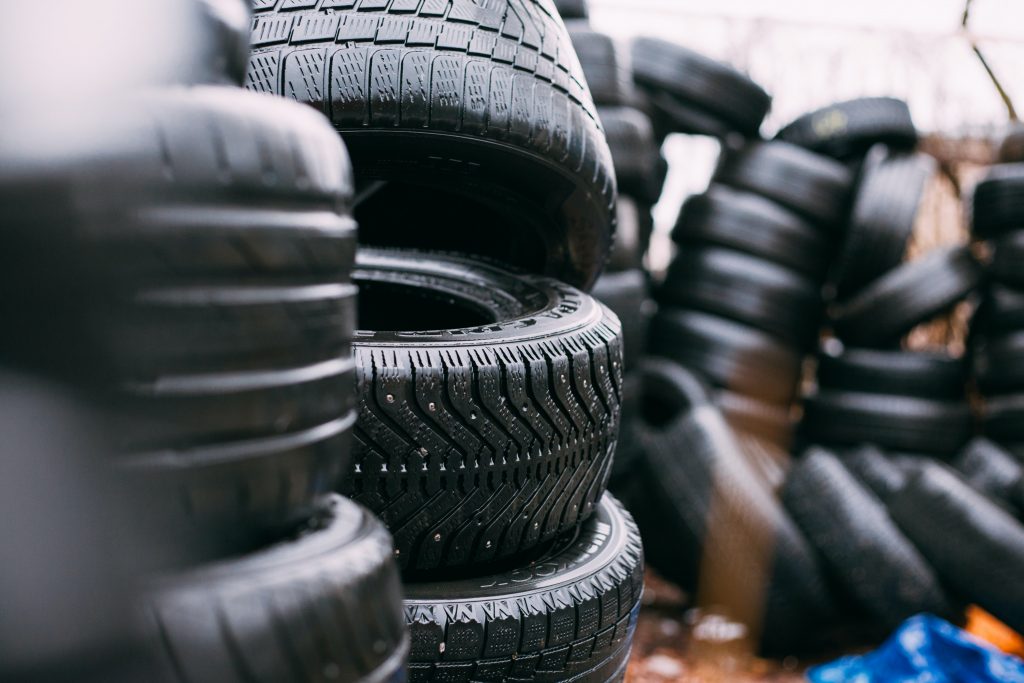Want to learn more about tyre maintenance and how to keep your tyres in top condition? We explore the world of tyres and help you make informed decisions about your driving needs. From understanding tyre specifications to choosing the best brands, we’ve got you covered.
Understanding Tyre Specifications: What Do the Numbers Mean?
Have you ever looked at your tyre and wondered what all those numbers and letters mean? Tyre specifications can be confusing, but it is essential to understand them when choosing the right tyres for your vehicle. The numbers on your tyre indicate its size, load capacity and speed rating. For example, the first number represents the tyre’s width in millimetres, while the second represents the aspect ratio. Then there’s construction – Radial, Diagonal or Belted – as well as wheel diameter, load index and speed rating chart. Understanding these specifications will help you make an informed decision about buying new tyres.
Tips for the Best Tyres for Cars
Taking care of your tyres is essential to extend their life and save yourself money in the long run. Regular tyre maintenance includes checking the air pressure, rotating the tyres and checking the wheel balance – you can do this as part of a standard service. Keeping your tyres clean and debris-free is also essential, as dirt and grime can cause damage over time. By following these simple tips, you can ensure your tyres are in good condition and performing at their best. Contact us today to book any maintenance you need!
What tyres fit my car?
When it comes to tyres for cars, there are different types to suit different driving needs and styles. Touring tyres, for example, are designed for comfort and long-distance driving, providing a smooth ride with low noise levels. On the other hand, high-performance tyres are built for speed and precision handling, perfect for sports cars and drivers who enjoy a more spirited ride. And if you’re looking for the best car tyres to save money and reduce your carbon footprint, low rolling resistance tyres are a great option, as they’re designed to improve fuel efficiency by reducing friction with the road – great with electric vehicles! So, which type of tyre is best for you? It all depends on your specific driving needs and preferences.
How to Keep Your Tyres in Good Condition
Along with the previous tips, tyre safety should always be a top priority when maintaining your vehicle. Check your tyres regularly for signs of wear and tear, such as cracks, bulges, or punctures. Ensure your tyres are correctly inflated and the tread depth is within the legal limit. It’s also important to avoid overloading your vehicle, as this can put extra strain on your tyres and increase the risk of a blowout – why not check your tyres’ load capacity? You will drive safely and confidently by keeping your tyres in good condition.
Why and When to Switch Your Tyres
Seasonal tyre changes are essential if you live in an area with extreme weather conditions. Winter tyres are designed to provide better traction on snow and ice, while summer tyres are ideal for hot and dry conditions. Switching your tyres at the right time is vital to ensure that you are driving with the best possible performance and safety.
As a general rule of thumb, winter tyres should be installed before the first snowfall and removed in the spring, while summer tyres should be installed in the spring and replaced in the fall.
What to Look for When Shopping for New Tyres
When shopping for new tyres, you must consider your driving needs, budget and the type of vehicle you own. Look for tyres designed to work with your local weather conditions and within your budget. Check the tyre specifications to ensure they are the right size and load capacity for your vehicle. It’s also good to read reviews and compare prices from different retailers to find the best deal.
DIY or Professional Installation – Which One is Right for You?
When installing new tyres, you have two main options: DIY or professional installation. DIY installation can save you money but requires technical knowledge and the right tools. Professional installation is more expensive, but it ensures that your tyres are installed correctly and your vehicle is safe to drive. DIY installation may be a good option if you have experience working on cars and feel confident in your abilities. If you are uncomfortable working on cars or don’t have the necessary tools, professional installation is the safer choice.

